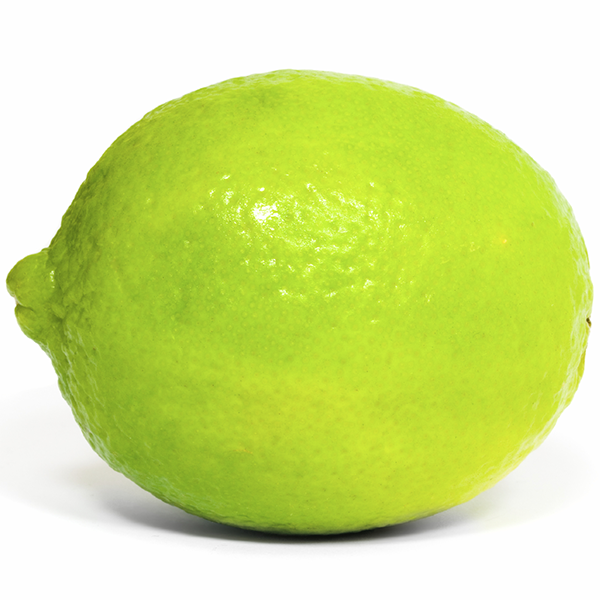
Organic limes, like organic lemons, have seen a large jump in popularity. When paired with organic lemons, these small citrus items can be an organic powerhouse, as average retail prices are more than double conventional limes.
Promote organic limes and lemons together in a citrus promotion. Consider cross-merchandising limes with organic seafood and organic beer and liquor. Limes are also a popular addition to baked goods, so include them in organic baking promotions.
Don’t forget to promote limes during football season as an important part of guacamole. Consider creating an organic guacamole display featuring organic avocados, tomatoes and limes. Organic limes can also be a big seller during the winter holidays as a garnish for alcoholic and nonalcoholic drinks. Include organic limes in juicing promotions as they can add a tang to juices.
Display organic lemons and limes together on the same display. Their bright colors draw the eye, and their sales power makes them a big draw. Consider placing conventional limes and organic limes near each other to create a larger display. Be sure to create the proper barriers to avoid cross-contamination.
Avoid stacking organic limes. Their irregular shape means they are more likely to roll off the display and create a mess than they are to stay in a stack.
Consider offering both bagged and bulk product. Offer a variety of sizes to accommodate all consumer needs.
Include a secondary organic lime display in the liquor department if your store has one. Point out the reduced pesticides on the outside of organic limes since most people put the entire lime slice in their drinks.
Shipping
Organic limes are often shipped in cartons of 24, 1-pound bags or 38-pound cartons.
Grades
U.S. No. 1
U.S. Combination
U.S. No. 2
Handling
Temperature: 55 F, 12.8 C
Relative humidity: 85-90%
Mist: yes
Typical shelf life: 14 to 28 days
Odor producer (Do not store or transport odor-sensitive items with commodities that produce odors. Limes produce odors that will be absorbed by meat, eggs and dairy products.)
Highly sensitive to freezing injury. (Likely to suffer injury by one light freezing.)
Susceptible to chilling injury (Damage sometimes is not apparent until produce is returned to a higher temperature.)
Extended storage at temperatures below 50 F causes brown pitting.
Keep product out of sunlight, which causes limes to turn yellow and deteriorate. However, subjecting limes to strong sunlight often will cause the juice content to rise. Keep cartons off the floor to prevent dampen-ing. Store in a well-ventilated area.
If it is necessary to hold limes overnight or over weekends, keep them refrigerated. Avoid putting limes in contact with ice, which can cause overchilling.